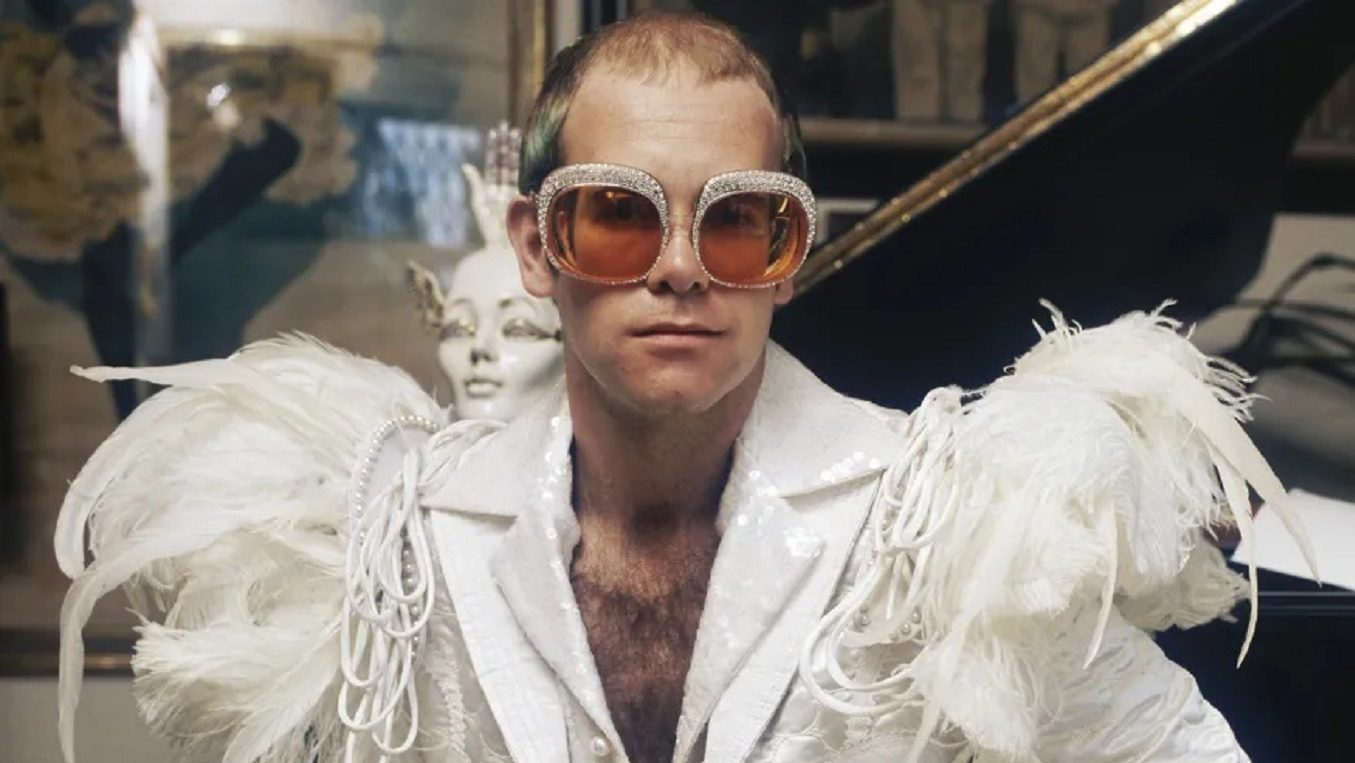Album Essentials: Elton John "Goodbye Yellow Brick Road"

By Dave Swanson - Summit FM Contributor
Released in the fall of 1973, 'Goodbye Yellow Brick Road' somewhat encapsulated everything Elton John had been working towards since his debut, 'Empty Sky,' back in 1969. Taking a variety of styles, melding them together in perfect fashion, Elton's seventh album remains a high-water mark of a long, amazing career.
Over the run of the preceding six albums, John touched on a wide variety of styles, consistently altering and changing his approach to rock and roll music, most times with rousing success and clarity. Albums like 'Tumbleweed Connection' and 'Madman Across The Water' stood out among a very crowded landscape in the early '70s. Between John's melodic sense, and the lyrics of Bernie Taupin, this was an unbeatable team. Add in to that the stellar band Elton always had at hand. There is no mystery as to why he was so popular, but like so many great artists, he was always challenging himself, looking for more inspiration, different avenues to travel.
Over the terrain of a double LP, Elton had more room than ever to create. Opening with the haunting instrumental 'Funeral For A Friend,' things are off and running. The song builds and builds until exploding into the next track 'Love Lies Bleeding.' Though separate songs, the two are forever linked together. While by today’s models, it may seem odd to start and album with an 11-minute track that is without vocals for half, it was, and still is, one of the finest album openers. With heart still pounding from the opener, in comes 'Candle In The Wind,' the poetic tribute to Marilyn Monroe. Over the years, it has become one of John's most loved songs. "I do think it's one of the best songs we've ever written," Bernie Taupin said in an interview for the 45th anniversary of the album. "I think it's an incredible marriage of melody and lyric. People obviously assumed I was a big Marilyn Monroe fane, but she was simply a metaphor for fame."
'Bennie And The Jets' was seemingly influenced equally by soul music as well as by the surrounding world of glam rock which Elton became a sort of sideline character witness to, with stage wardrobe and showmanship certainly informed by the likes of Bowie and Ferry. The record label wanted it to be a single, but initially Elton fought against it, preferring they release 'Candle In The Wind,' that was until they told him 'Bennie' was already getting heavy airplay on the top R&B station in Detroit. 'Bennie' was not only a number one pop hit, but it charted at #14 on the soul charts.
The title track, arguably one of Elton's finest songs, rose to number two in the charts. It is a pop masterpiece plain and simple. Meanwhile, 'Saturday Night's Alright For Fighting,' shakes things up with a more hard rock flavor. Davey Johnstone's heavy riffing guitar drives the song. "’Saturday Night’ had a multitude of guitars on there," Johnstone recalled. "We layered something like 12 guitars throughout the course of the song. And with each guitar track it sounded better and better. Elton kept saying, "Another one! Another one!"
"By the time we got to making 'Goodbye Yellow Brick Road, ' the machine was so well oiled within the four musicians, and the producer, Gus Dudgeon, it was perfection," Elton said in a 2018 interview. "It was the height of our powers. I'd have to say, Gus Dudgeon was the fifth member of the band. The sound of the drums, the sound of the piano, the sound of everything on the record was extraordinary - that was down to him," Elton told the BBC in 2014. "Like the Beatles had George Martin, we had Gus."
And those are just 'the hits!' There really is no filler on the 19-song collection. Tracks like 'Grey Seal,' 'Harmony,' ‘I've Seen That Movie Too,' ‘Social Disease,’ and 'Your Sister Can't Twist,' with its 1950s rock and roll vibe, are all first class tunes as well. And let's not forget gems like 'Sweet Painted Lady,' the tale of a call girl, and 'All The Girls Love Alice,' about the ruin of a young girl meeting up with older married women, that were hardly the typical pop songs of the day. ‘Alice’ in particular features some vicious, almost cryptic, guitar work. In addition to Johnstone on guitar, Elton had the dynamic rhythm section of bassist Dee Murray and drummer Nigel Olsen. Interesting to note, both Olson and Johnstone played with Elton to the very end. Murray sadly died in 1992 at age 45.
'Goodbye Yellow Brick Road' became Elton's third chart topping LP in a row, a streak that would run for three more. "Before 'Honkey Chateau' I didn't really write pop songs," he said. "’Goodbye Yellow Brick Road' was really the album that established me in the charts."
It went on to sell over 30 million copies and remains not only one of his most loved albums, but arguably his strongest statement all around. Elton John is a one-of-a-kind artist, and 'Goodbye Yellow Brick Road' is a one-of-a-kind album.






